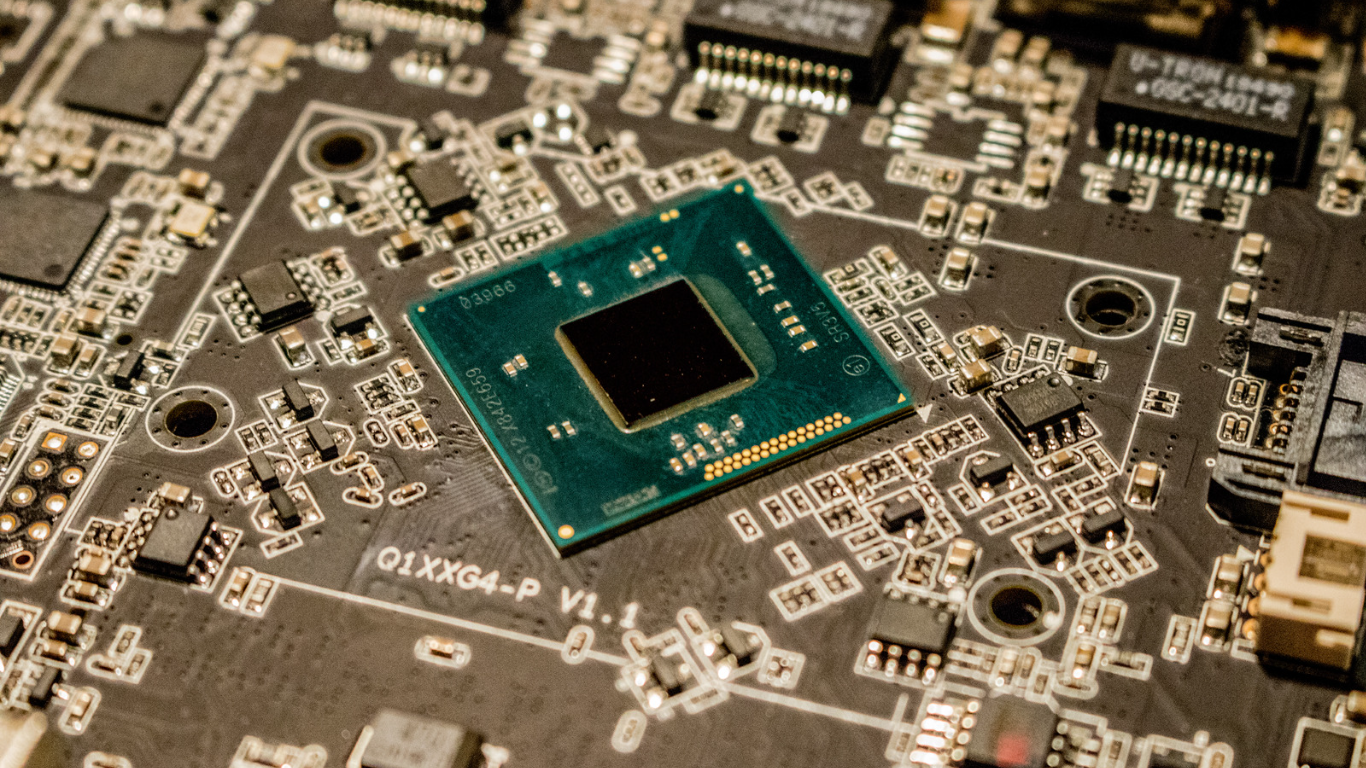What are the OCV & AOCV?
In the world of integrated circuit (IC) design, timing is critical to ensuring that your circuit operates correctly. As technology advances and ICs become more complex, we face increasing challenges in achieving accurate timing analysis. To address process variations, we use techniques like OCV (On-Chip Variation) and AOCV (Advanced On-Chip Variation). You might also encounter POCV (Parametric On-Chip Variation), which helps further enhance timing accuracy. Let’s dive into each of these techniques to understand them better.:
OCV (On-Chip Variation): OCV is a method used to model the impact of process variations on the timing characteristics of an IC. Process variations occur naturally during the fabrication process and can lead to differences in transistor characteristics, resulting in timing deviations. OCV libraries are created to represent the statistical distribution of these variations. By incorporating OCV into the timing analysis, designers can account for the effects of process variations and obtain more accurate timing estimates.
AOCV (Advanced On-Chip Variation): AOCV is an extension of OCV that takes into account the correlation between timing paths. In traditional OCV, each timing path is treated independently. However, AOCV considers the statistical relationship between different paths and models the variations accordingly. By considering path correlation, AOCV provides a more accurate representation of timing variations, leading to improved timing analysis results.
POCV (Parametric On-Chip Variation): POCV is a technique that further refines the accuracy of timing analysis by considering additional sources of variations, such as voltage and temperature. POCV libraries are created to model the impact of parametric variations on circuit timing. By incorporating POCV into the analysis, designers can account for the effects of voltage and temperature fluctuations, which can significantly impact timing performance. POCV helps ensure that the circuit operates reliably under different operating conditions.
Designers employ POCV to enhance timing accuracy and account for a broader range of variations, including process, voltage, and temperature effects. By considering these sources of variations, designers can optimize their designs for improved performance, reliability, and yield.
In summary, OCV, AOCV, and POCV are techniques used in IC design to address process variations and improve timing analysis accuracy. By incorporating these techniques into the design flow, designers can ensure that their circuits meet timing requirements and perform reliably under different operating conditions.
